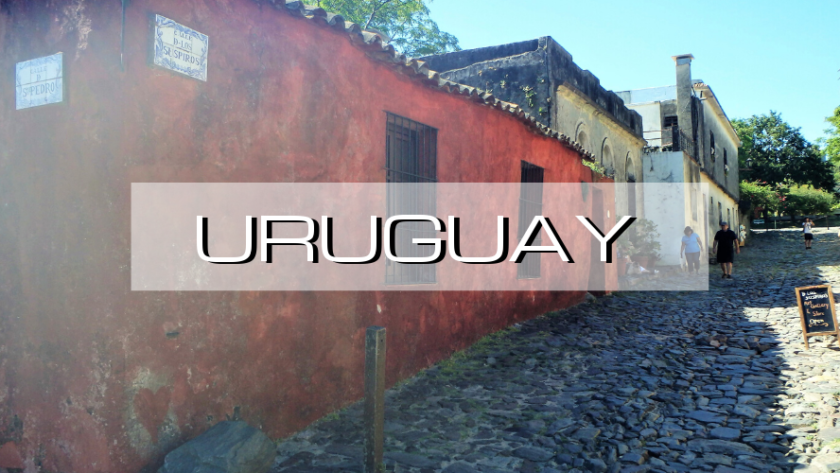Before travelling please be sure to consult any local travel advice.
I hate to admit it, but visiting Uruguay hadn’t even crossed our minds when we put together a rough itinerary for South America. What a mistake that would have been!
It was a last minute decision when we discovered there were regular ferries there from Argentina‘s capital. We were excited to be able to squeeze a whole week in towards the end of our travels.
While not nearly enough time, it at least gave us a taste for this beautiful country. Not surprisingly, it left us wanting more.
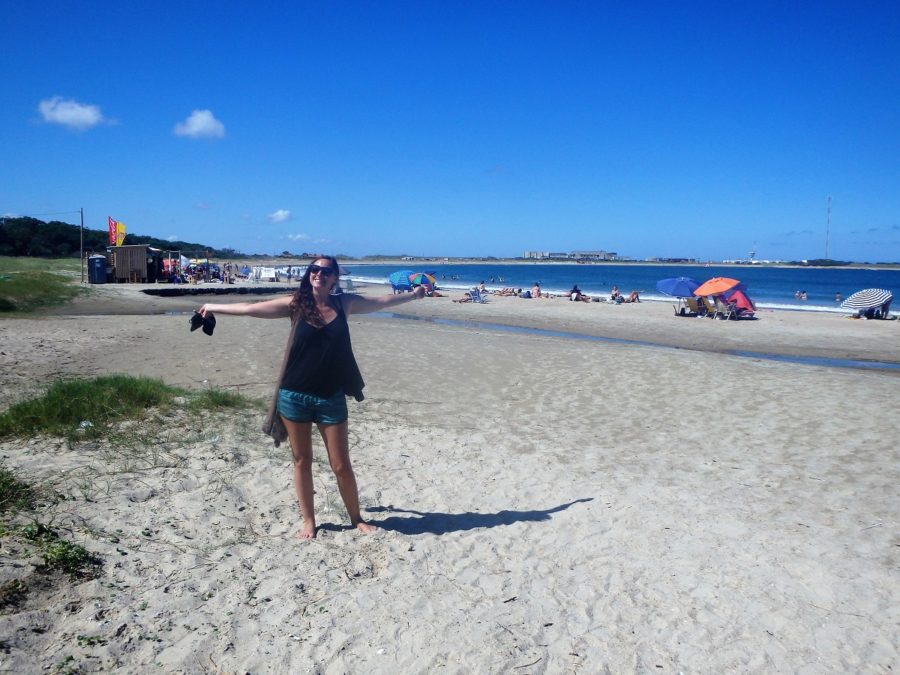
We knew very little about Uruguay (try nothing!), however we were still surprised by what we discovered here.
Perhaps this element of surprise is what enchanted us with the country. Not to mention it’s stunning coastline, friendly people and delicious food!
Costs
CURRENCY: Uruguayan peso
1 USD = 38.44 UYU
1 GBP = 48.90 UYU
*As of May ‘2024. Note that when we travelled in 2018 the rate was 1 USD = 32 UYU.
Probably the only negative we could conjure up after a week in Uruguay is the costs. Again, this is all relative and we speak of course from a budgeting backpacker point of view.
Prices are pretty on-par with Argentina but it is probably still less expensive than Brazil. Another factor for these costs is that we happened to visit during the peak season in January…
But fear not as even in peak season, budget options can be found!
Popular destinations such as Punta del Este would have set us back over $30 USD per night for a dorm bed! Quieter destinations such as La Paloma were half that at just $15 USD per night.
Having found cheap public transport in previous countries visited, we felt the pinch of buses a bit more in Uruguay. For example, a 5hr bus costing close to $15 USD each is not what we deem cheap.
We didn’t partake in any tours during our time here so we cannot comment on this but I can imagine it would be a splurge also.
Food
Being sandwiched between Argentina and Brazil, it was almost expected it would be another big meat-eating country. And we were right.
Beef is in fact Uruguay’s main export. We were told they have an astonishing 5 cows to every person here!
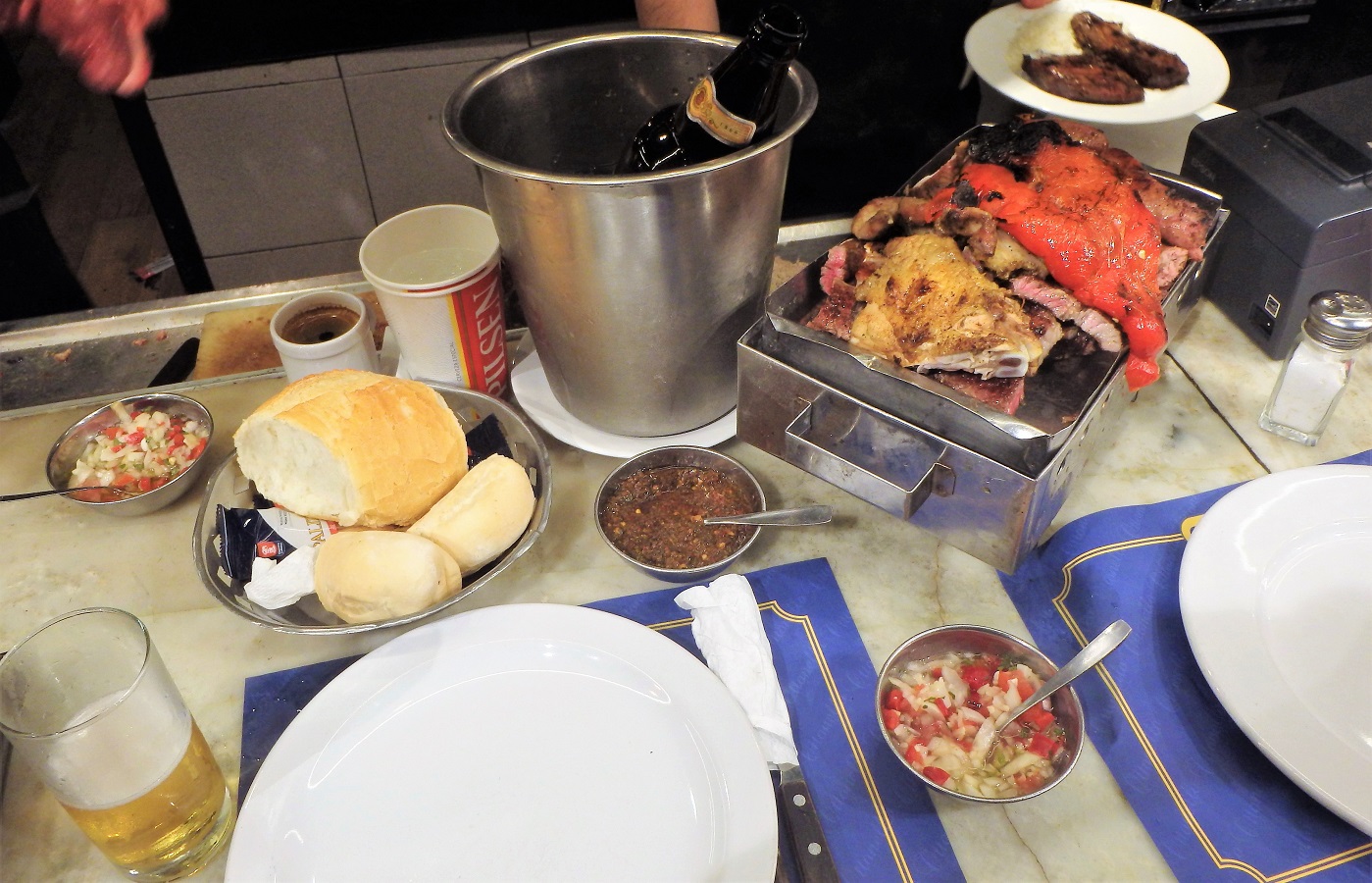
But fear not, as it is not just meat on the menu.
As the country’s southern border meets the Atlantic Ocean, we also found seafood to be plentiful and popular.
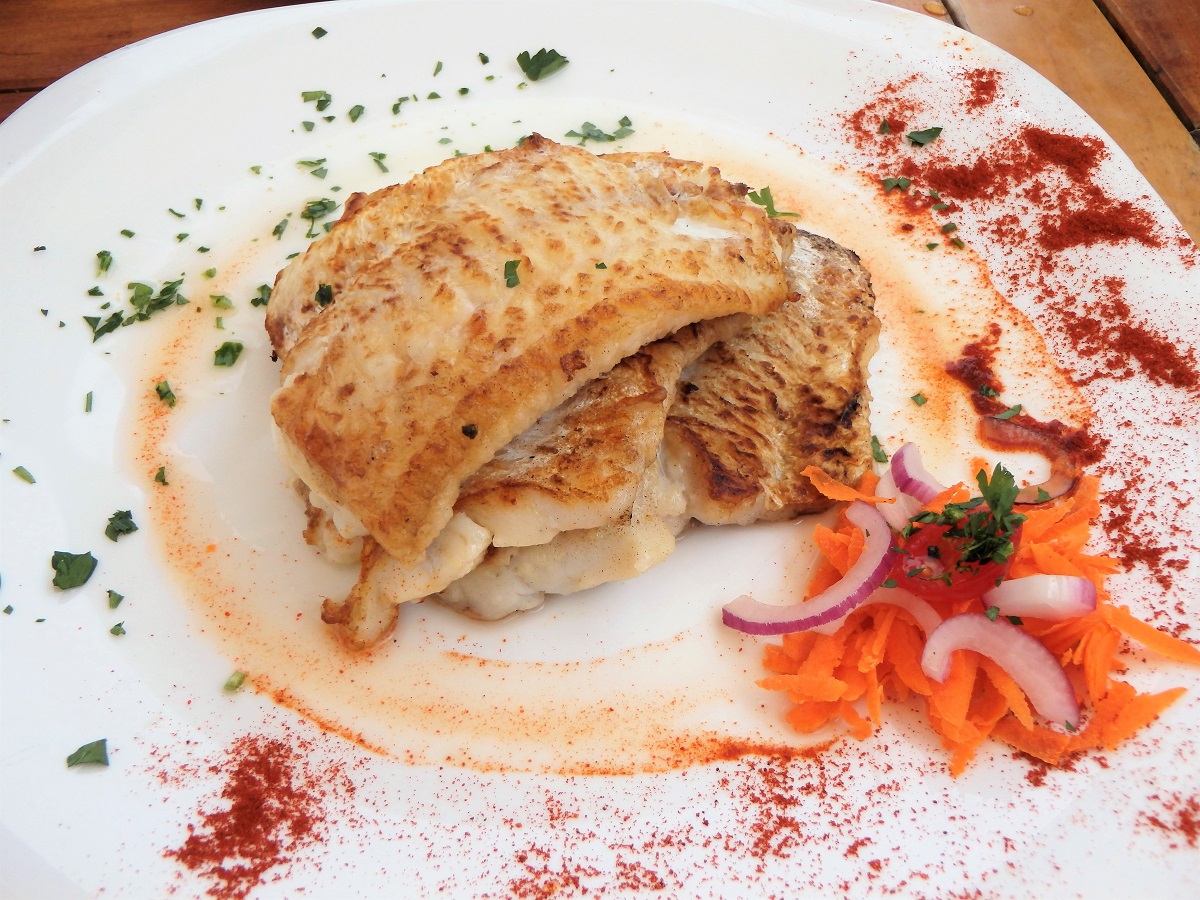
We indulged in a couple of what we would deem ‘luxurious lunches’. Prices definitely weren’t obscene, ranging from $10-$15 USD between us. And the portions were huge! The above photo was one portion!
Totally worth it in our opinion.
The Journey
It is a quick and easy ferry ride to Uruguay from Buenos Aires. However, continuing with our earlier sentiment, it is not the cheapest at over $50 USD each, each way.
We decided we had to just do it!
Some ferries take only an hour to reach Colonia del Sacramento. However we decided to do this on our return and instead headed straight for the capital of Montevideo. Ours was the slow ferry, which with the bus ‘combo’ took us 5 hours in total.
Montevideo
We spent three full days in Montevideo. Upon arriving we were told on a couple of occasions (by locals!) that two days in the city was more than enough. After losing a day to heavy rain though I was happy with our decision.
The first item on our to-do list, was join a free walking tour.
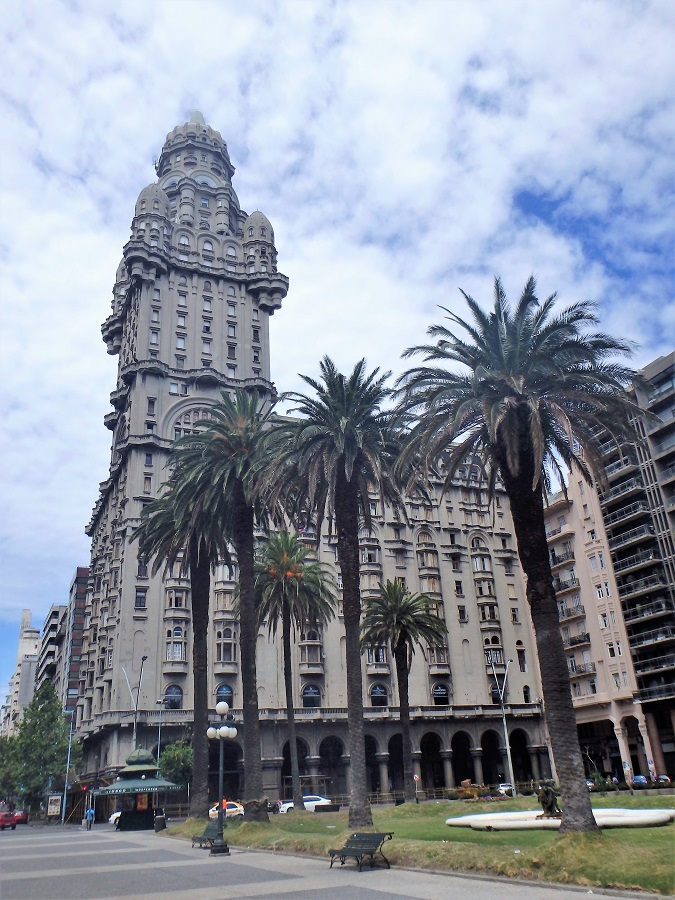
It was truly fascinating. We had no idea that Uruguay was in such stark contrast to it’s neighbours.
This progressive and liberal country has quite different cultural, political and religious values. Same-sex marriage is legal. Abortion is legal. And, until recently, Uruguay was the only country in the world to have legalised cannabis. Who knew?!
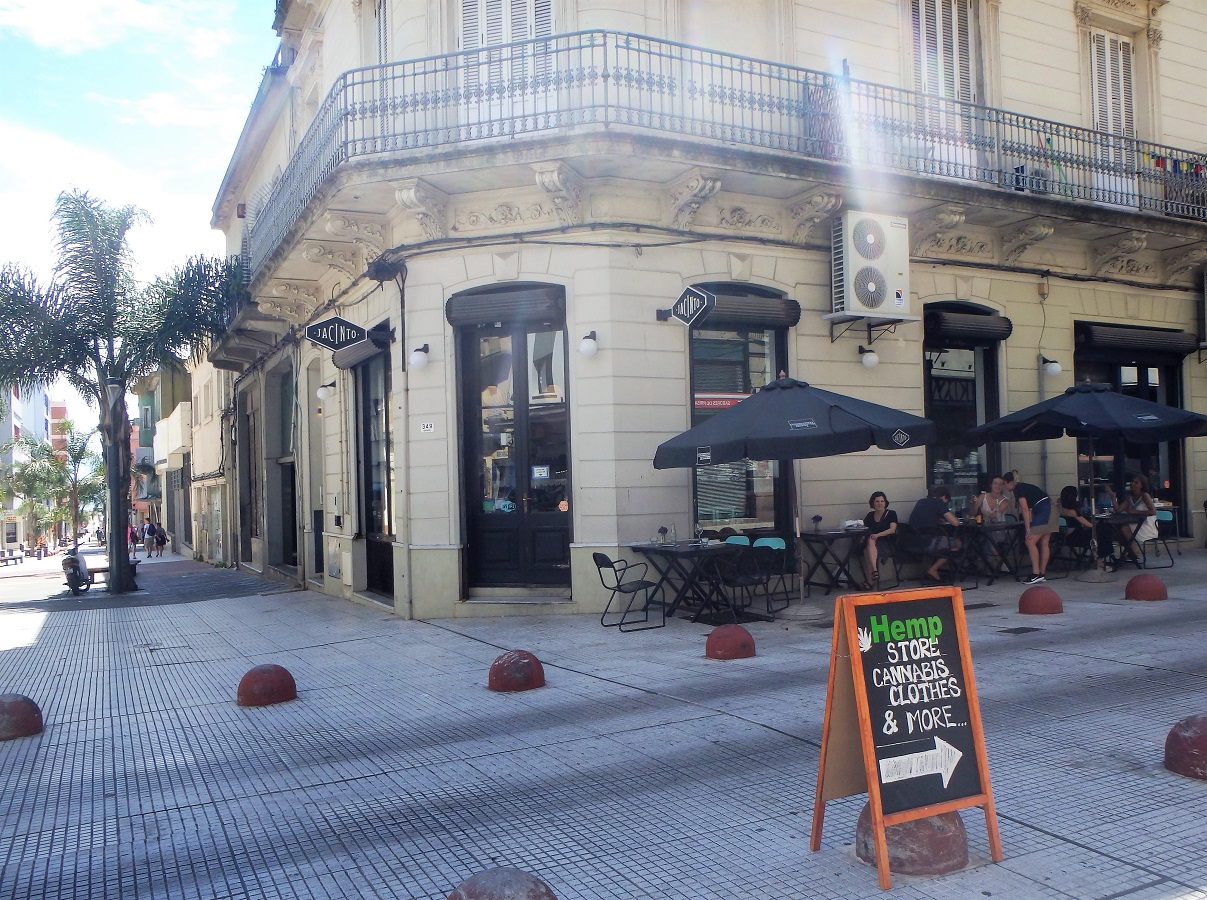
The government invests a lot of money on both their young and old. Children get free computers at a young age to encourage development in technology. If retirees can’t afford rent, they get given an apartment for 10% their pension.
Also incredibly, is that the country offers free health care (even for tourists)!
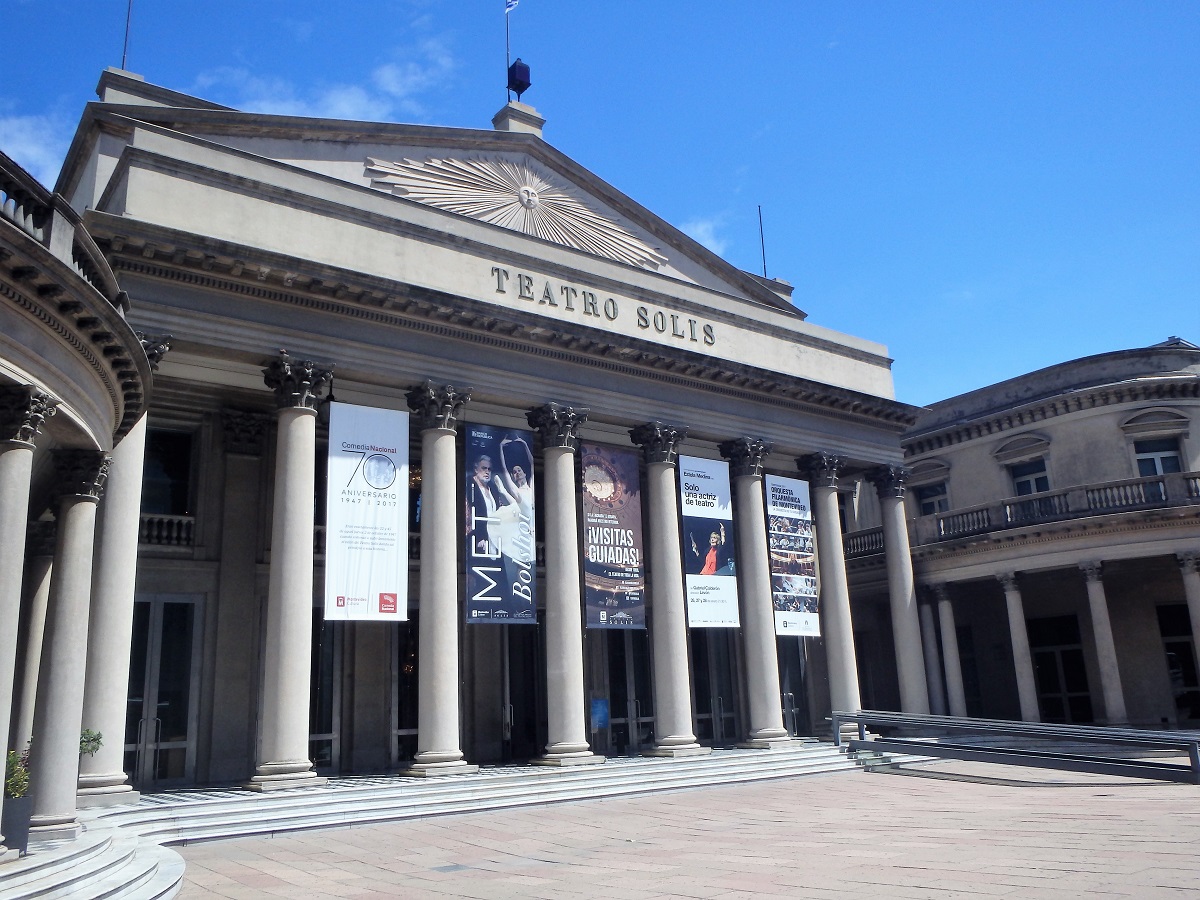
I don’t know if our guide, Valentino, was on a mission to sell Uruguay to us, but he definitely did!
Outside of the tour, another great spot for travellers to explore downtown is Mercado Del Puerto. This old-fashioned market is where you will find the crème de la crème of parrillas.
It is pretty mind-blowing just to get an idea of how much meat is consumed here.
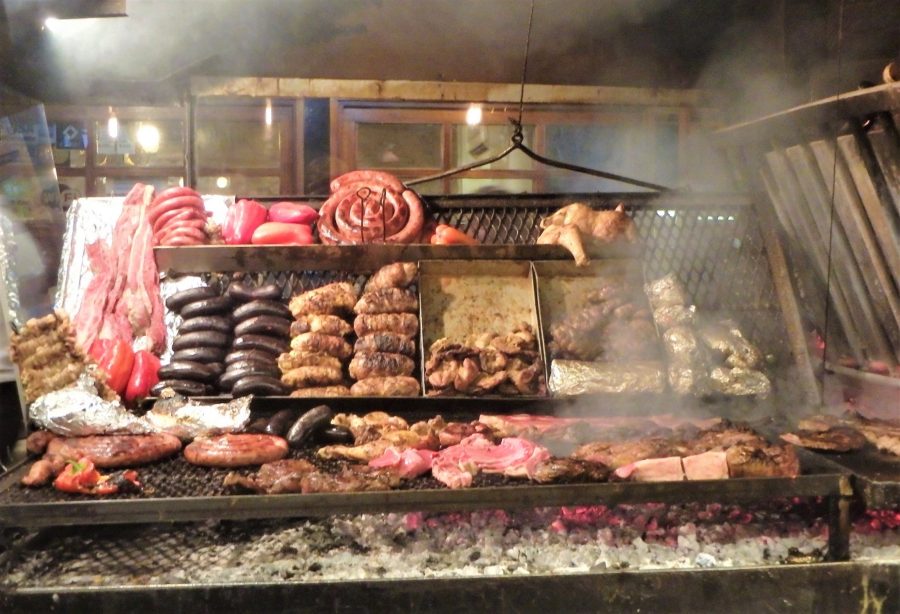
Having explored downtown, we set our sights further afield on the city’s suburbs.
We hired bikes to cruise La Rambla, the city’s 13+mile long malecón; one of the longest in the world.
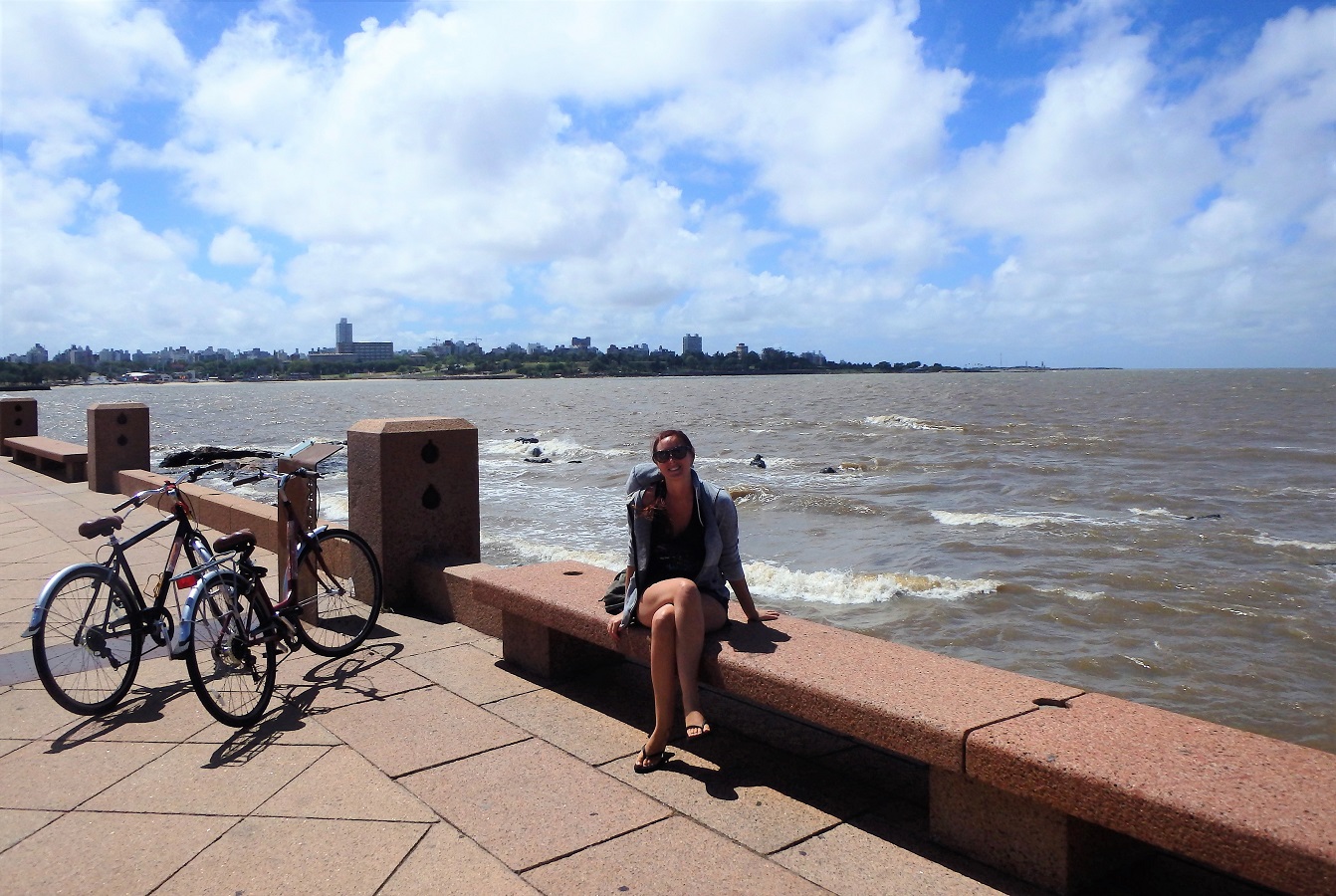
We didn’t even come close to cycling the whole thing but it was great to graze the coast of the various suburbs and their beautiful beaches.

And of course make it to the Montevideo sign.
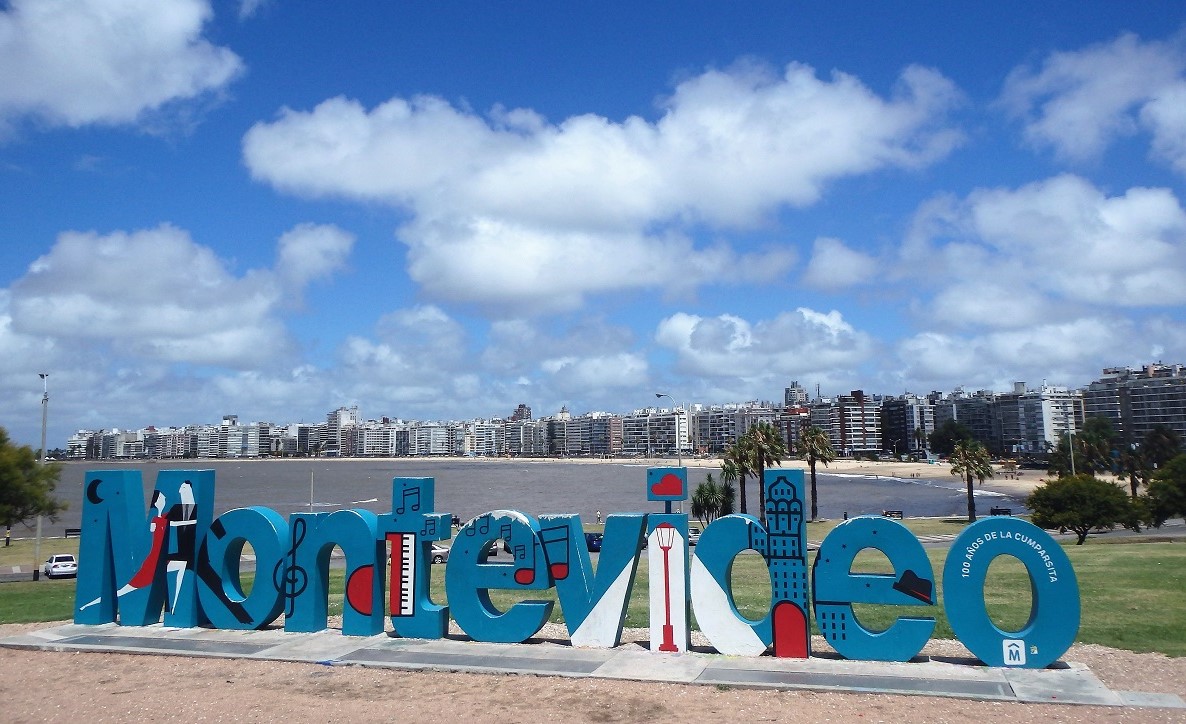
Cabo Palonio
After our days in the capital we headed east to the tiny hamlet of Cabo Palonio. Nestled within a national park, it was one of the most astounding places we stumbled upon in the whole of South America!
Firstly, it’s inaccessible by car. Meaning a dune buggy is needed to ‘ferry’ people across the dunes to this isolated community.
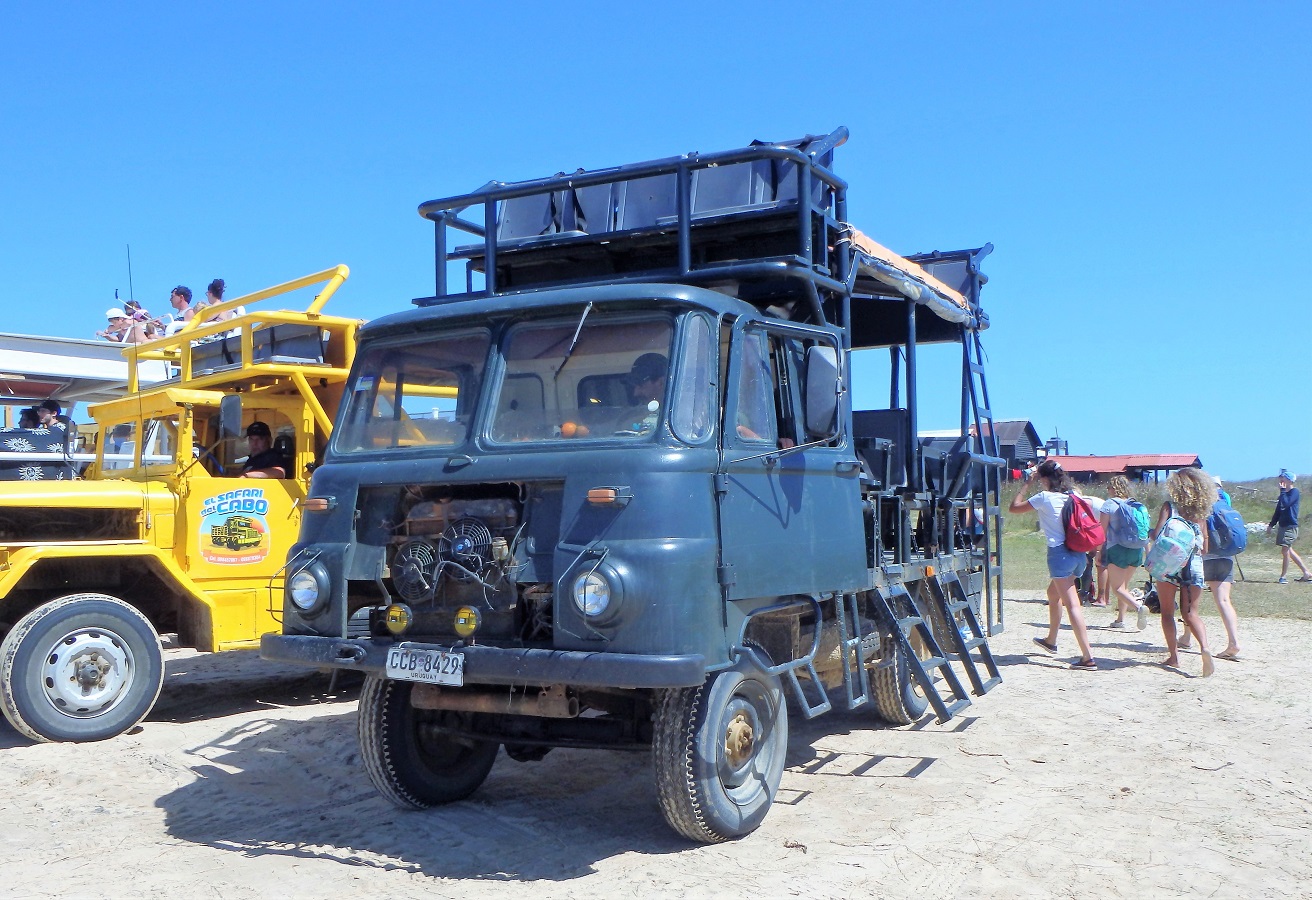
We were beaming from ear to ear when we got dropped off to witness sun, sea, sand… and very little else.
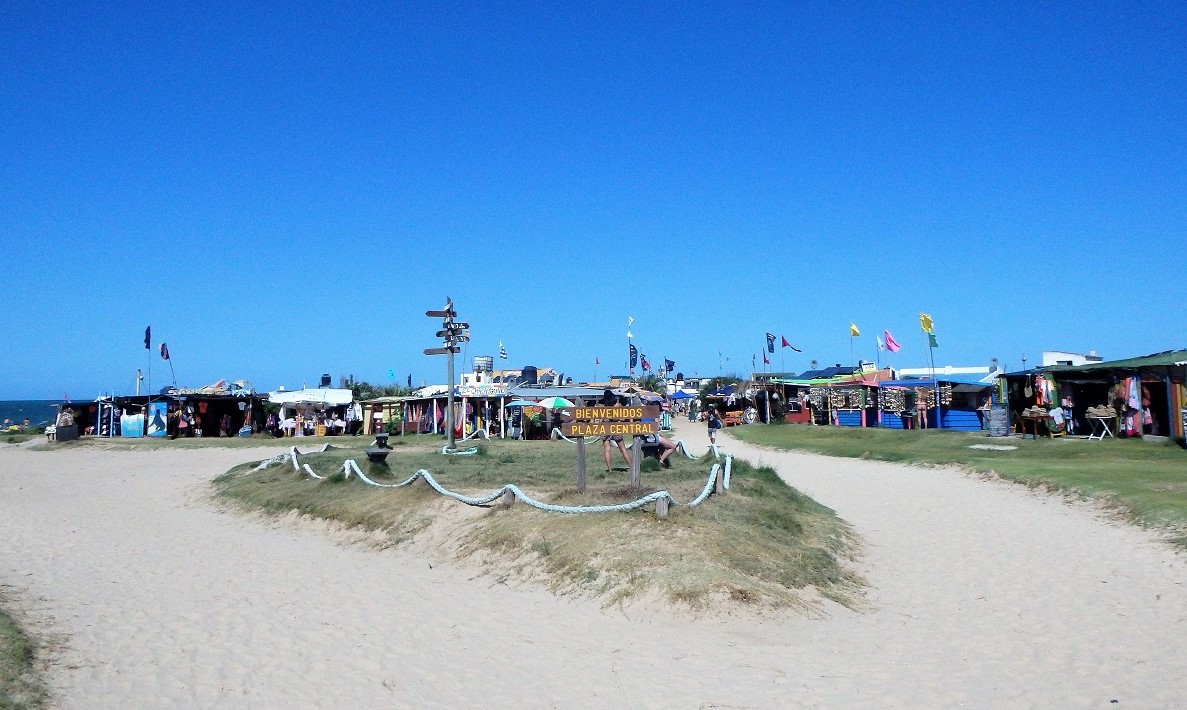
Oh, except sea lions. There was plenty of them.
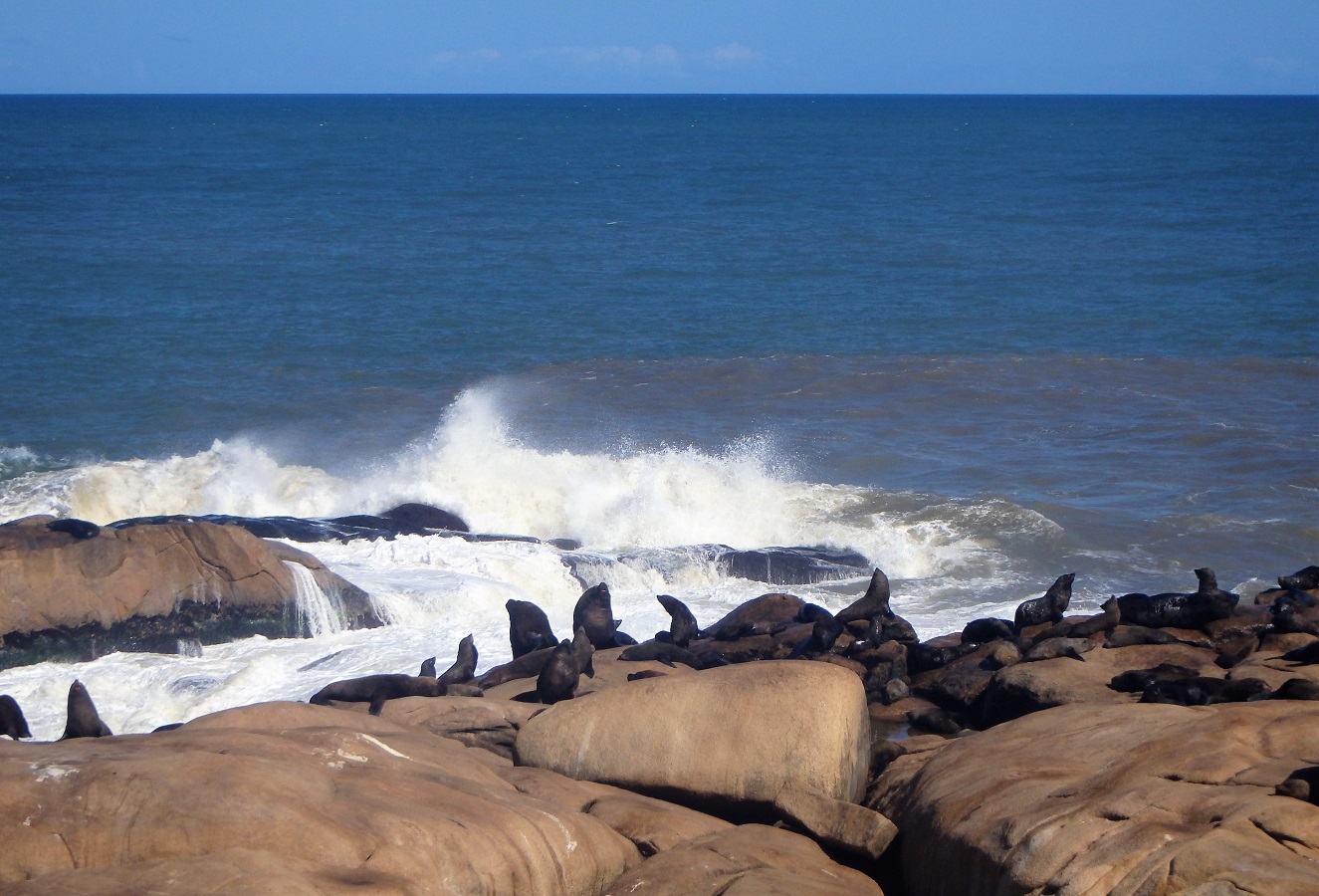
There are a few craft stalls and a beach bar which are of course worth checking out. But then it is just relaxing on the beach that awaits. And a dip in the refreshing Atlantic.

Once dusk sets in the candles and campfires are lit (did I mention there is no mains electricity here?!). Who needs power anyway when you have drums, guitars and a few bottles of wine?
Even more incredibly, we were ecstatic to learn that you can actually see bioluminescence here! So our stroll along the beach at midnight was nothing short of magical.
We literally couldn’t have asked for anything more from our stay in Cabo Polonio. Maybe better water drainage during heavy rains the second night… but that was still an experience in itself.
We would totally recommend this place to anyone like-minded who’s simply in search of the perfect haven.
La Paloma
Back across the dunes, towards reality and civilisation, we caught a bus back west stopping at La Paloma.
This is another destination seemingly off the beaten track. Backpackers here can find budget-friendly options while also avoiding the crowds.
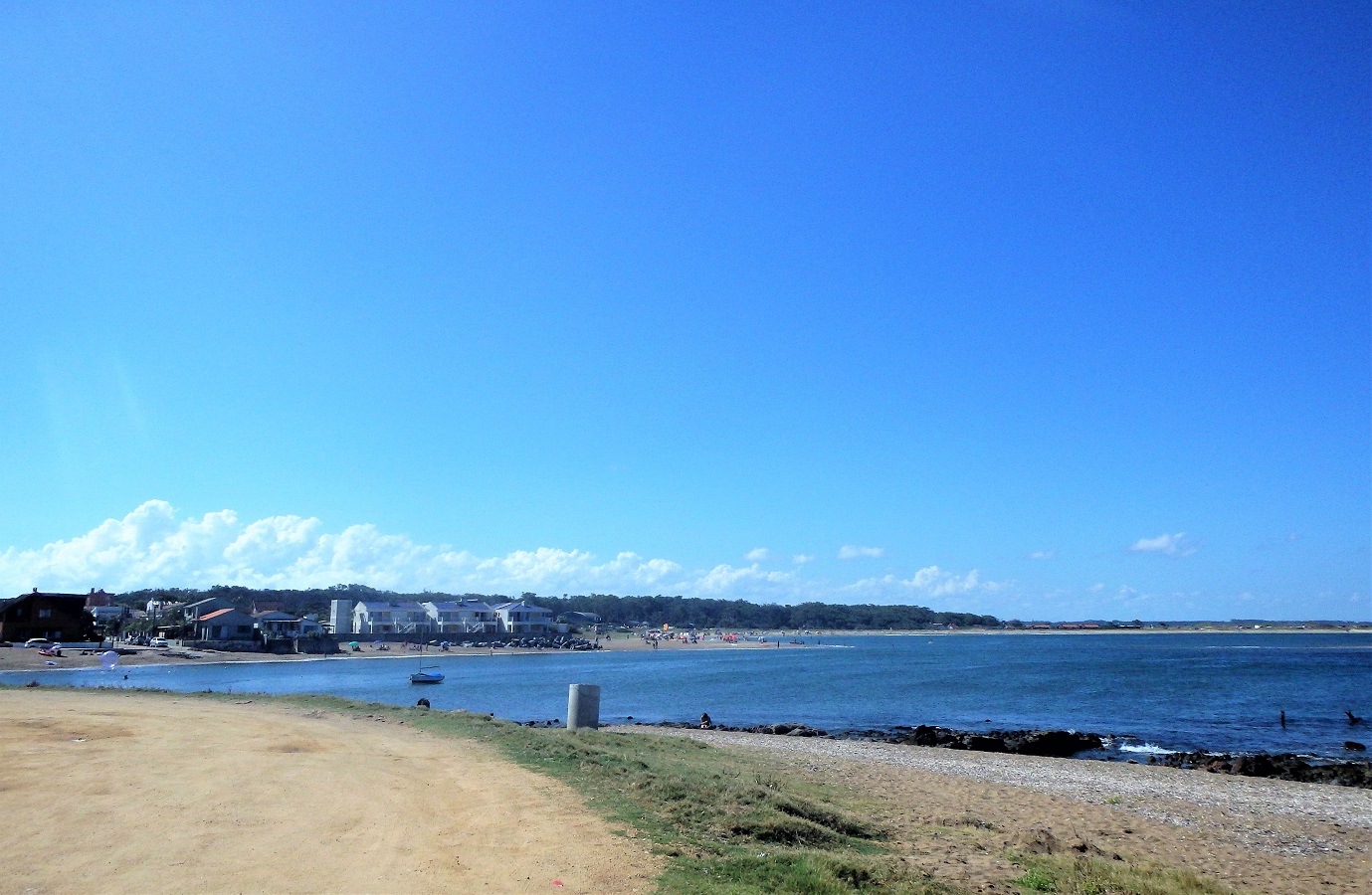
We only had the luxury of one afternoon here, which we spent exploring the town and shoreline. It is a fairly sleepy seaside town however there are a decent number of shops and restaurants.
We were more fascinated with the abundance of whale skeletons that seemed to be displayed along the country’s coast.
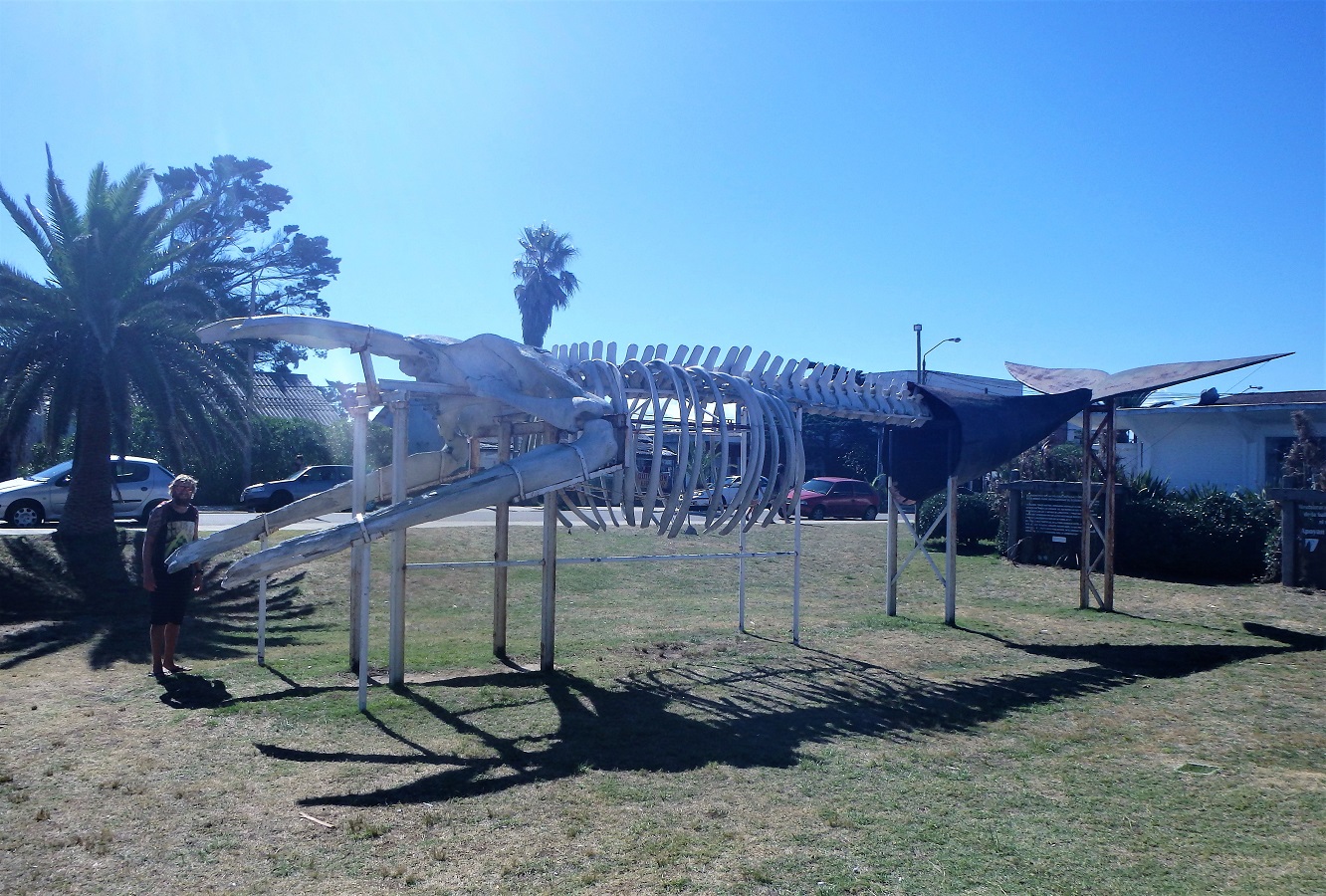
Whale watching is a huge attraction along Uruguay’s south shore. Definitely something to be considered if you have the budget. We unfortunately did not have the budget by this point. At least we were moving to Canada within the month 😉
After our stop-over in La Paloma we continued on to Colonia del Sacramento.
Colonia del Sacramento
Known more simply as Colonia, the city is one of Uruguay’s oldest and is renowned for it’s historical quarter which is designated a UNESCO World Heritage Site.
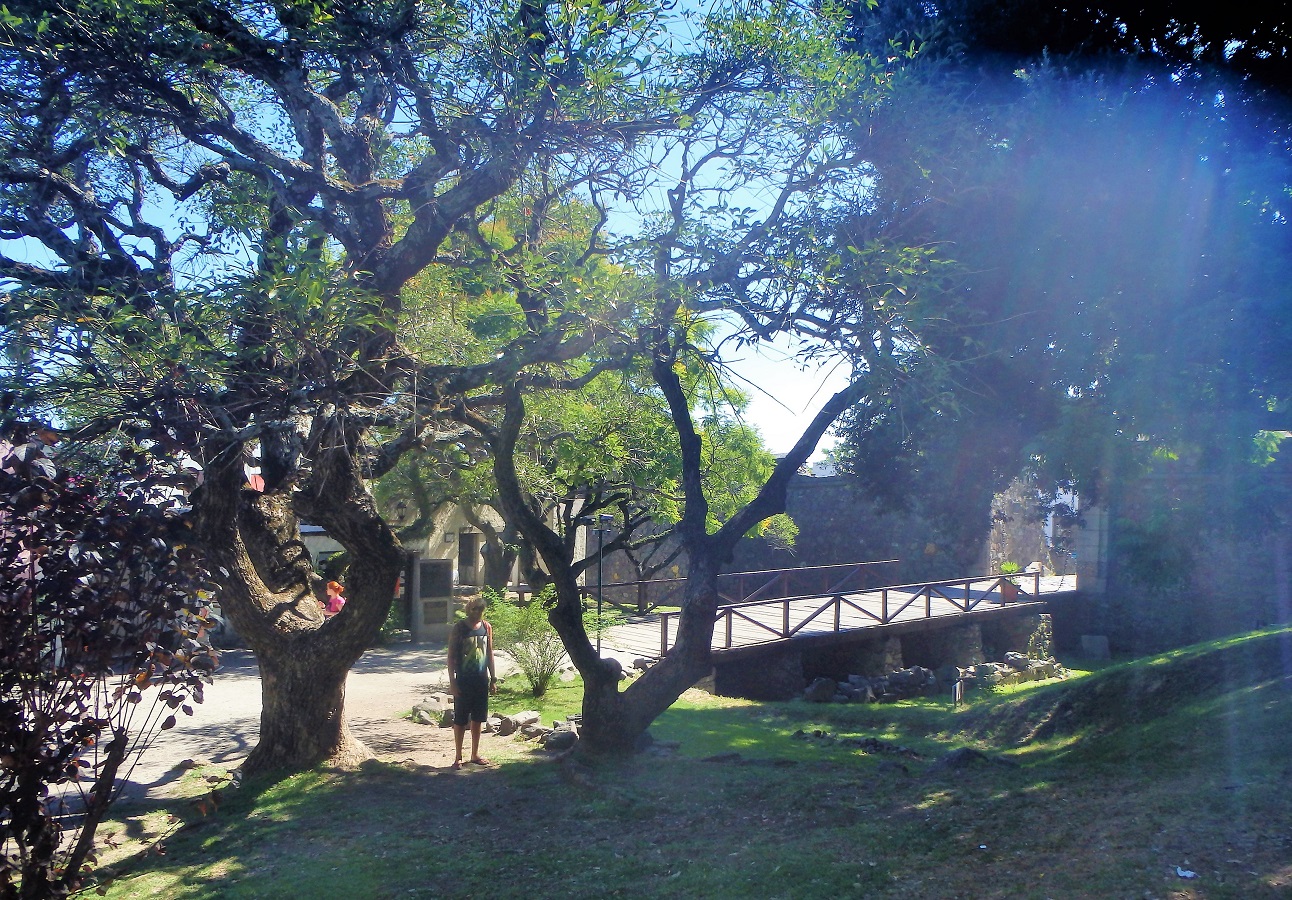
The fortress was built by the Portuguese who founded the city in 1680. It was seen to be of strategic importance to resisting the Spanish across the Rio de la Plata.
The Spaniards conquered the fortress in it’s first year.
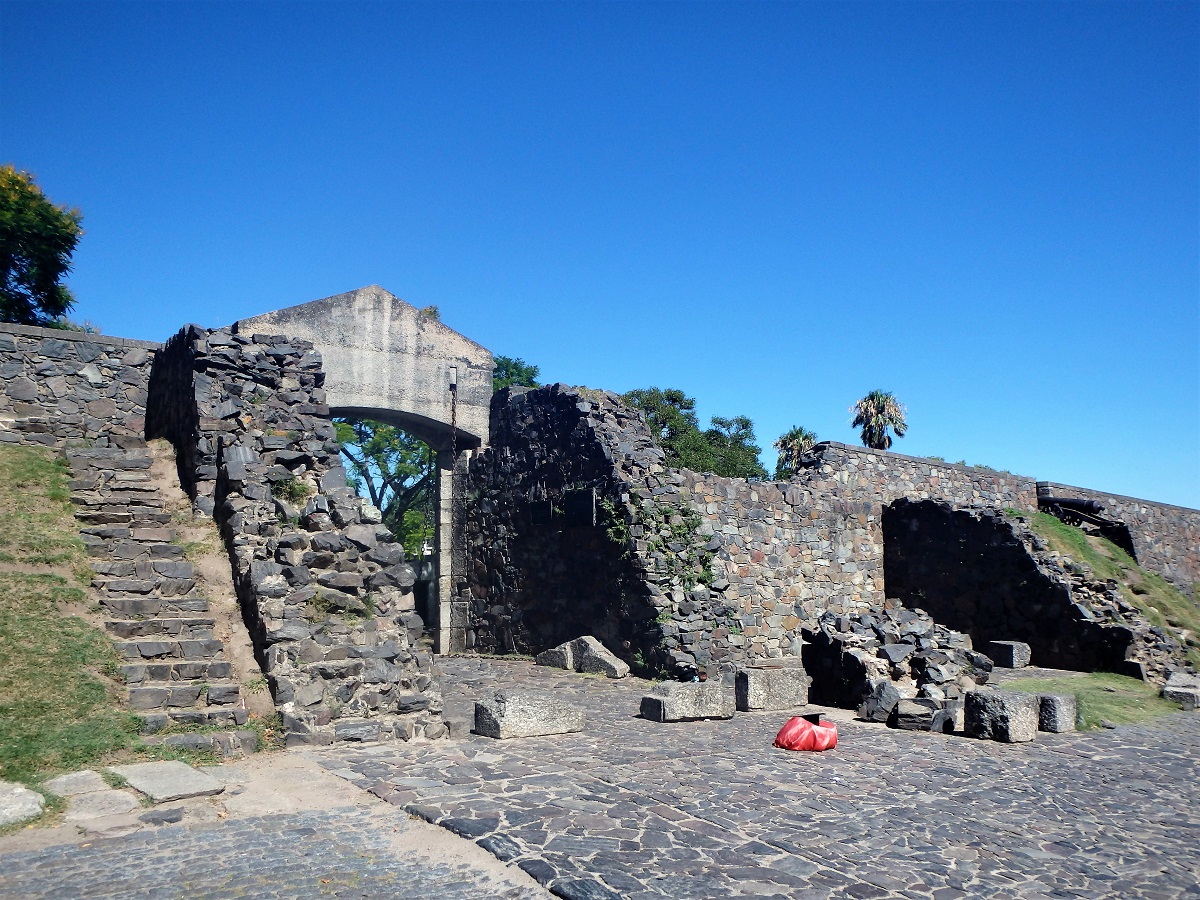
Beyond the old fortress are Colonia’s beautiful cobblestone streets.
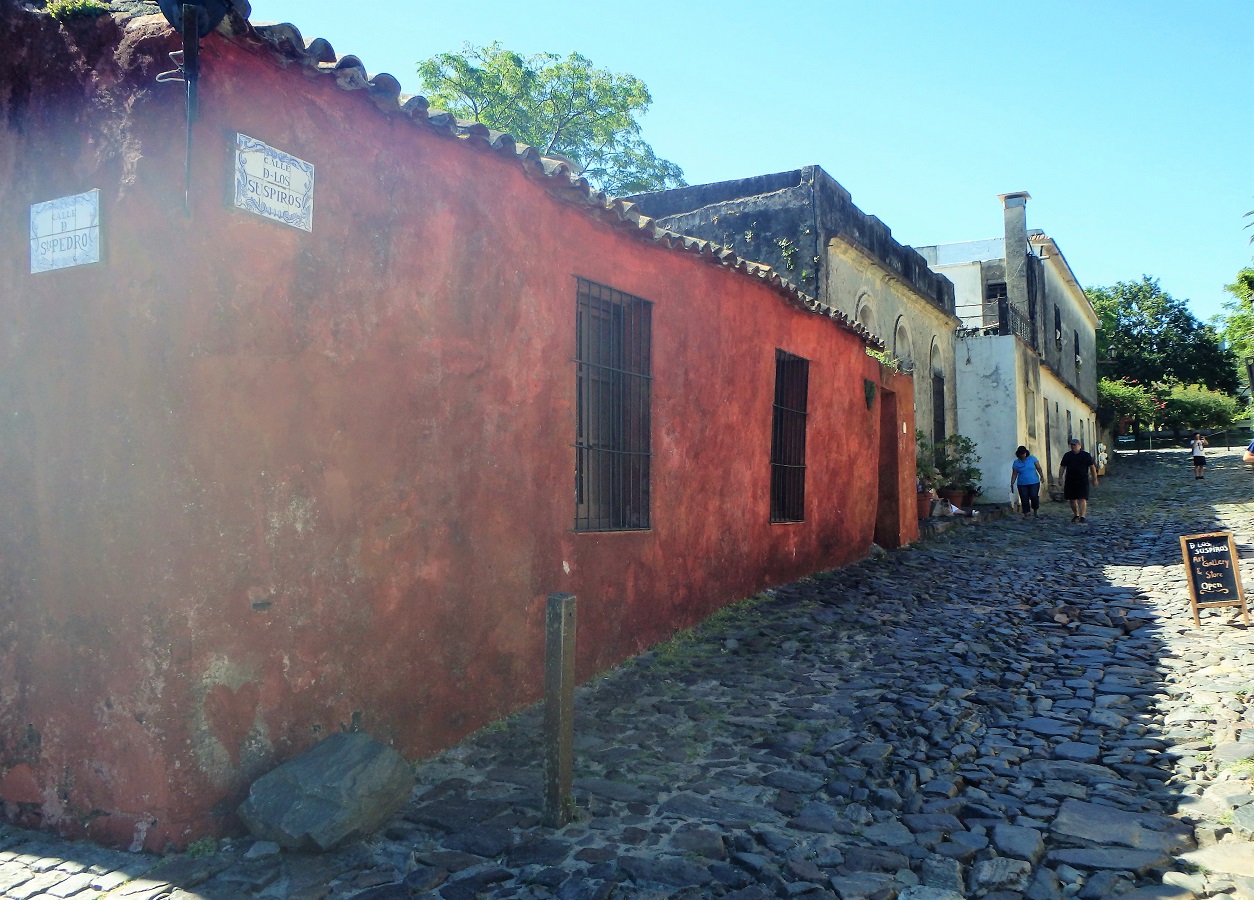
The buildings around the city are a unique and well-preserved fusion on Spanish and Portuguese post-colonial. They are such a joy to explore!
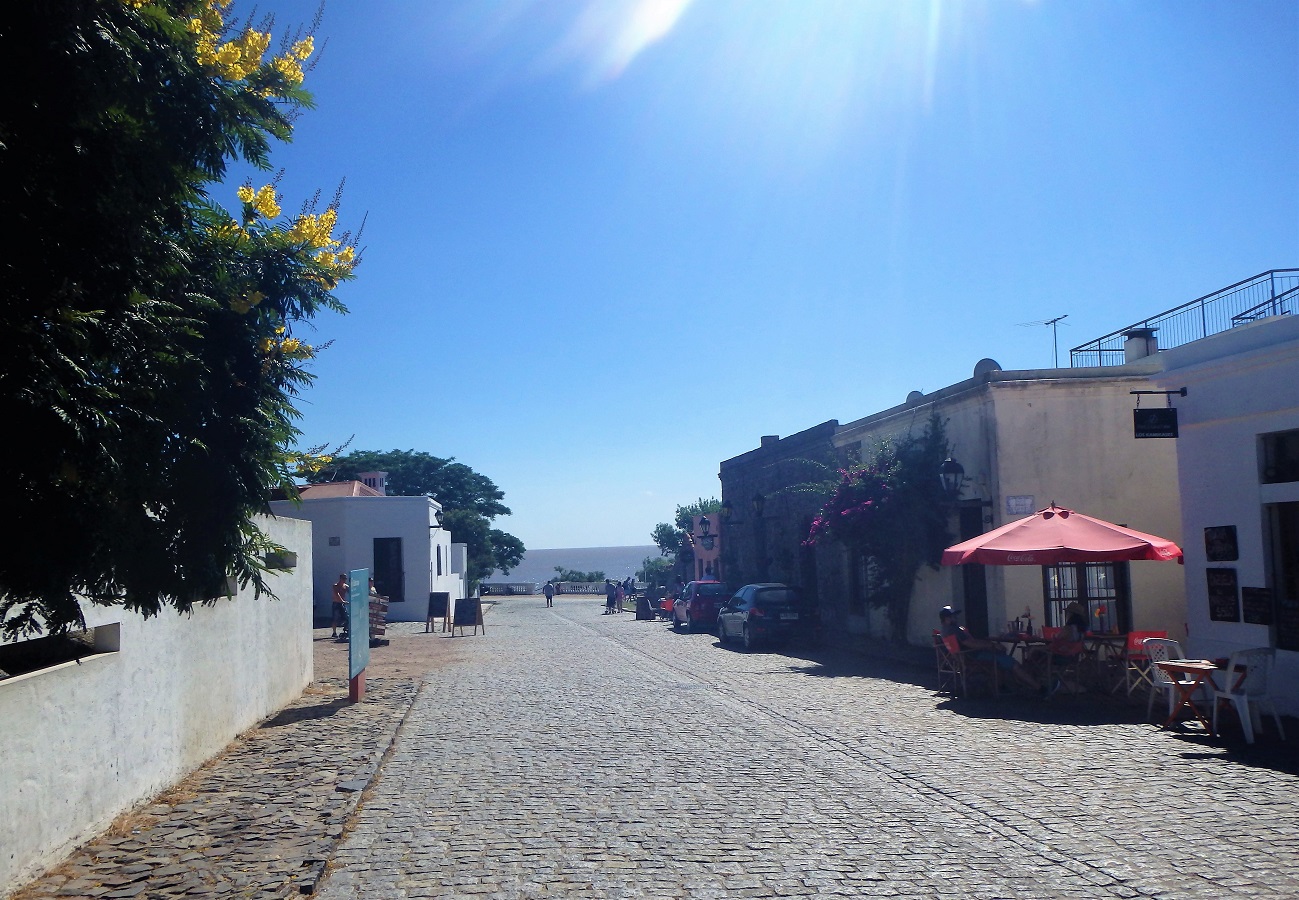
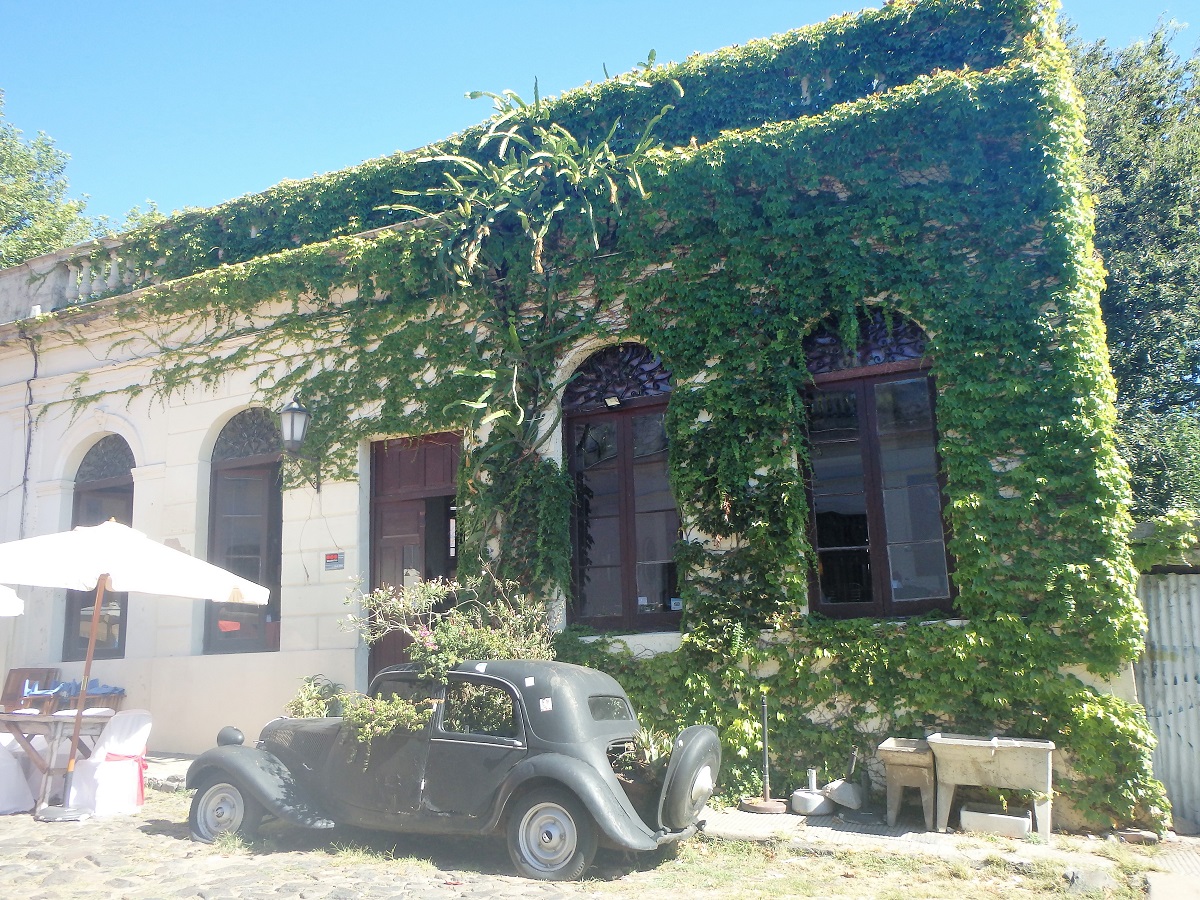
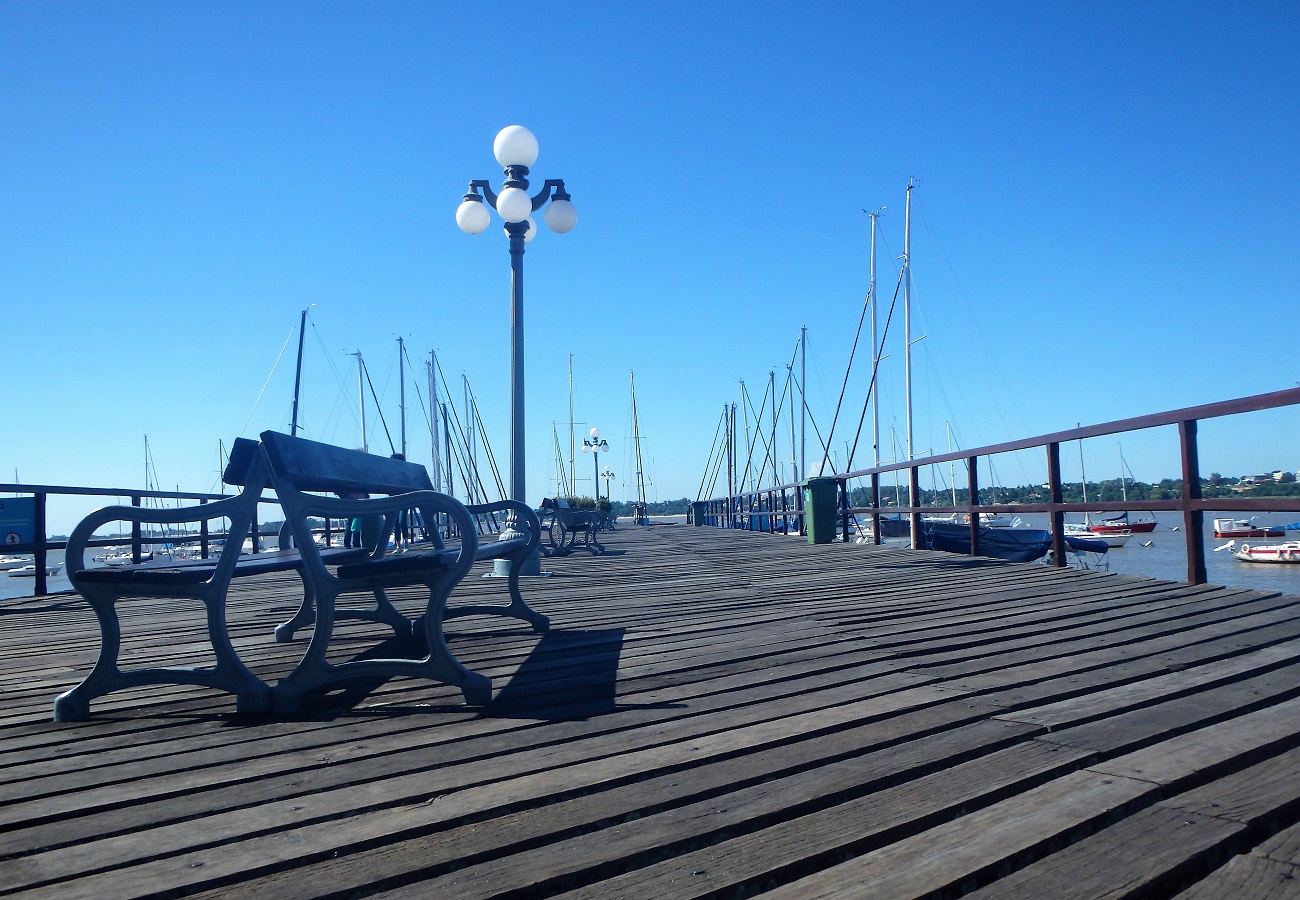
Given it’s small size, travellers will only need the one day to see Colonia’s sights. Day trips from Buenos Aires are even popular for those short on time.
For us, Colonia marked the end to what had been an awesome week in Uruguay. We only wish we had been able to see more of this incredible country!
Rest assured, we will return one day.

